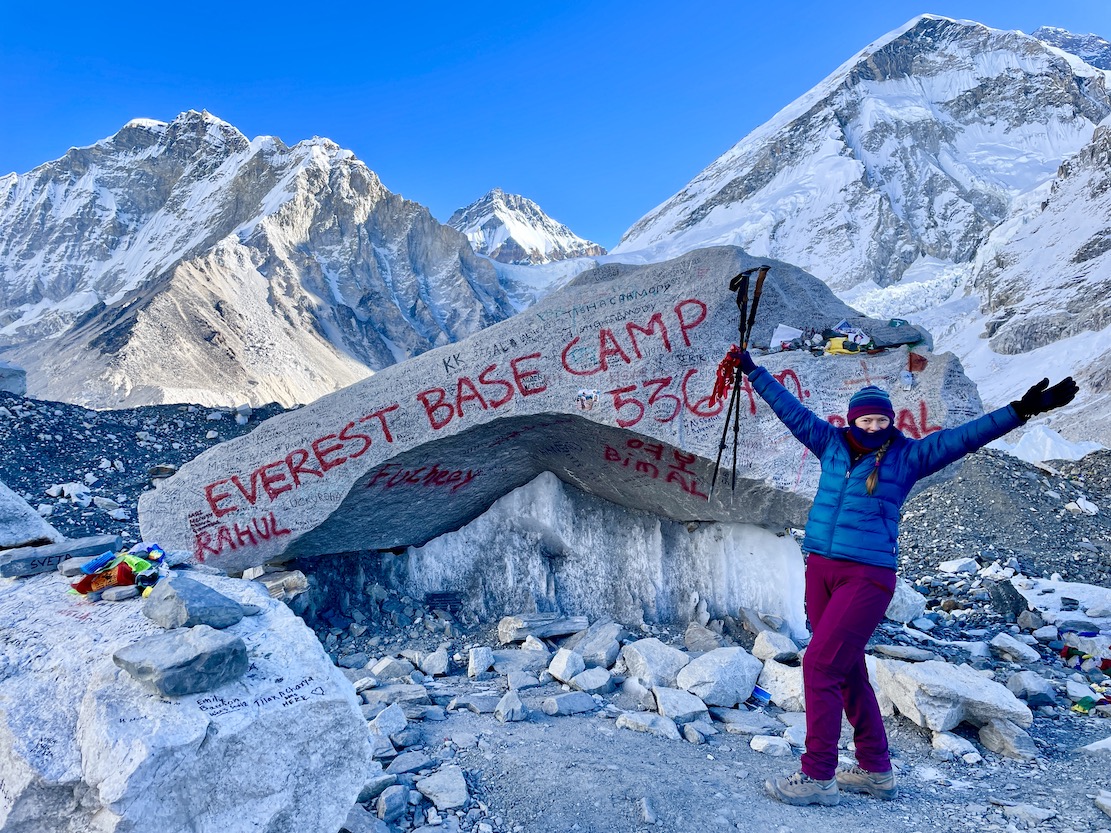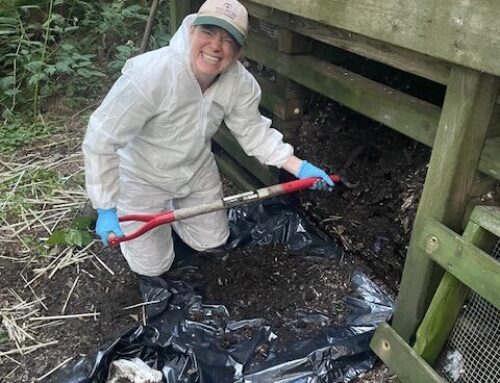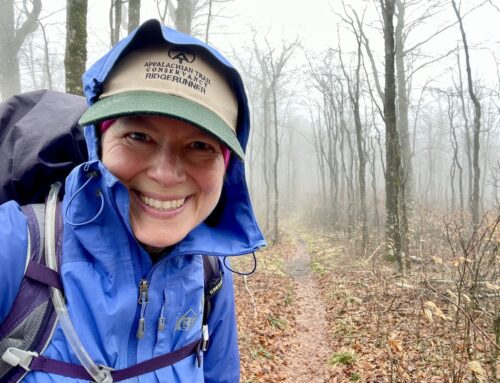Walking to the top of the world…(at least as close as I can get!)
(Part I)
Ahhh… walking in the magic of the Himalayan mountains… a long-time dream that is now a fresh and extraordinary memory from the never-ending, only-growing “bucket list.” They don’t call it walking, hiking, or even backpacking; they call it trekking. The difference to some may be one of semantics, but trekking typically refers to a long journey on foot. So how long is long? The Everest base camp trek is a ramble where time means nothing, an experience that reveals miracles and magic in each new step.
Trekking in the Himalayas is unlike any other walking I have ever experienced. Every footstep is full of awe-inspiring views of mountains, reaching heights that few get to experience up close and personal. Only a few days had passed on the 12-day expedition before I caught my first views of Sagarmāthā, the Nepali name for Mount Everest, the tallest mountain above sea level. Majestically reaching 29,032′ above sea level, it is truly a sight to behold. However, it didn’t seem significantly higher than the surrounding peaks of Lhotse (27,940’) or Nuptse (25,791′), but the sights were incredible no matter which way you turned.
The trek begins by taking a short but exhilarating flight to land at the Tenzing-Hillary Airport, also known as Lukla, at a mere 9,337′ in altitude. Considered the deadliest airport in the world, it has an extremely short airstrip canted downward in such a way that makes you feel like you are flying straight into the mountain! The adventure begins long before one takes their first steps on the epic Everest base camp trek.
November is the dry season. It is cold, but the bright sun shines as far as the eyes can see, except for occasional evening and morning fog (which actually disrupted our flights’ arrival and departure). Every season has its advantages and difficulties, but the dust on the trail being kicked up by herds of Yaks and donkeys carrying loads of supplies posed a challenge I had not considered. Breathing at high altitudes is already a laborious deed. Still, in addition, I developed the infamous “Khumbu cough,” the ever-present hacking you hear from travelers and locals alike, named after the region. In hindsight, I would have done a few things differently, such as keeping my mouth and nose covered earlier in the trek.
As we proceeded higher in elevation each day, taking our time to acclimate by climbing higher and sometimes descending again to sleep, the environment changes dramatically. Early in the walk, you are surrounded by lush forests, rushing streams, and many suspension bridges over the cosmically blue glacial rivers winding their way through the valley. There is life everywhere you look. As you ascend above the tree line, the rocks, glacial moraines (large piles of rocks and sediment deposited by slow-moving glaciers), and vistas grow more dramatic.
By the time I reached Everest base camp (elevation 17,598’), I felt as if I had entered another reality; it was surreal, to say the least. Rock and ice for as far as the eye can see… as close as you can walk (without technical climbing gear) literally to the top of the world. It didn’t even feel like planet earth anymore, as if I had been transported to another world for a tour of pure galactic wildness. I can honestly say this has been a trip of a lifetime, and words feel inferior as I attempt to recount this experience… (To be continued)




